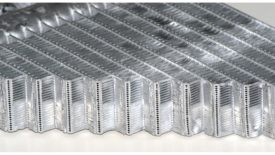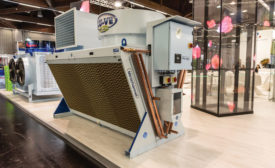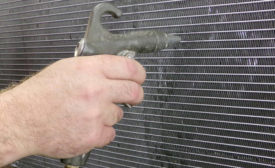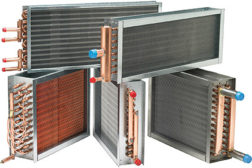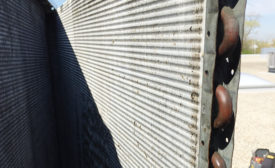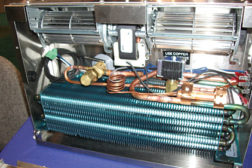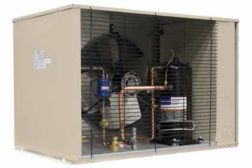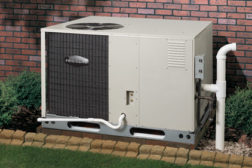Home » microchannel coils
Articles Tagged with ''microchannel coils''
Incorrect amount of refrigerant could reduce performance, efficiency, and reliability
Read More
Coil and Condenser Landscape Changes in Response to Demand
Efficiency, technology, and market desire influence trends
Read More
Nortek Global Hvac Launches New Micro-Channel Website
New site provides awareness, support, and training resources
January 18, 2017
Regulations, Refrigerants Revolutionize Coils
Manufacturing innovations result in smaller, lighter, versatile, and more efficient HVAC coils
Read More
Cleaning Sectional, Standard, Mechanical Condenser Coils
Clean coils plus efficient equipment equals happy customers
Read More
Through the Crystal Ball: Forecasting the Future of Coils
Microchannel, Designs, New Refrigerants on the Horizon
Read More
Copyright ©2024. All Rights Reserved BNP Media.
Design, CMS, Hosting & Web Development :: ePublishing
